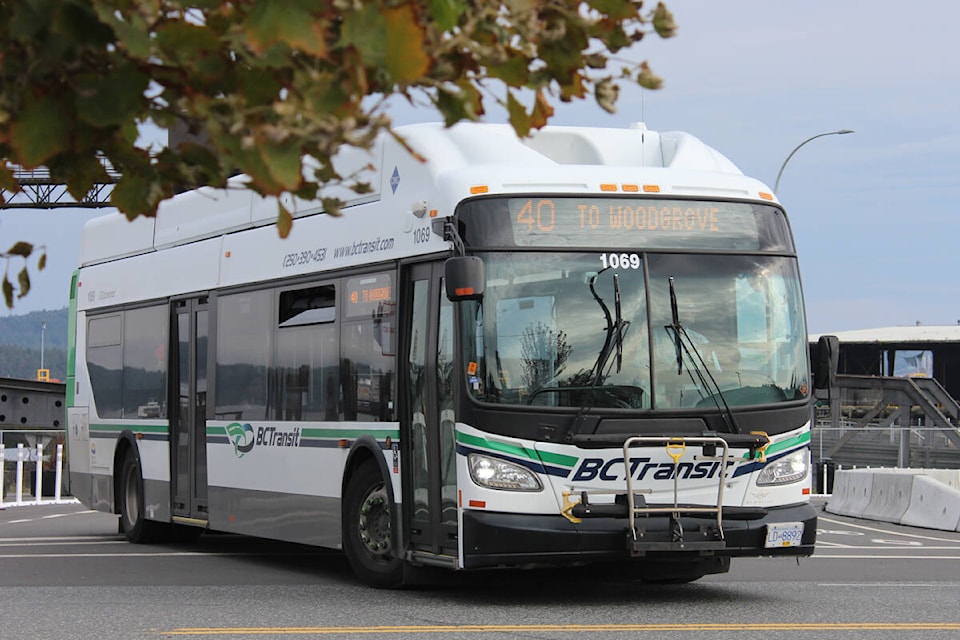New provincial housing legislation will require 31 B.C. municipalities, including seven on Vancouver Island, to zone for transit-oriented development.
The B.C. government passed a slate of housing legislation during the final week of the fall sitting last month, and on Thursday, Dec. 7, the province provided additional details. The transit-oriented areas amendment act will set out 104 transit-oriented areas in the 31 municipalities, which will come with minimum allowable densities and restrict local government authority over parking requirements, according to a press release.
“These regulations will help local governments work with homebuilders to deliver viable housing projects that help more people find homes in existing neighbourhoods and next to transit hubs,” said Ravi Kahlon, B.C. minister of housing, in the release.
The province will require local governments to adhere to minimum densities when amending zoning bylaws or updating official community plans.
Transit-oriented areas will be defined as areas within 400 metres of a public transit exchange, with greater density prescribed within 200m.
Municipalities must amend their OCPs to include transit-oriented areas by June 30. Nanaimo is one of those affected.
Nanaimo’s city plan already identifies seven urban centres that “support higher-density development” and includes all the city’s existing bus exchanges. The province has specified that the Country Club, Woodgrove and VIU exchanges must have transit-oriented development surrounding them, and the downtown Nanaimo exchange would presumably be on that list as well.
“The city plan directs future development required to support the next 40,000 people in Nanaimo to areas of the city that are contextually appropriate for Nanaimo, based on significant community engagement and based on alignment with servicing, transit and the unique geography of Nanaimo,” noted Jeremy Holm, the city’s director of planning and development, in an e-mail. “Once we have more clarity on the provincial directive, we will assess how well it aligns with the long[-term] community vision established in city plan.”
In addition to Nanaimo, the other Vancouver Island cities that must designate transit-oriented areas are Colwood, Langford, Lantzville, Saanich, View Royal and Victoria.
READ ALSO: Fall session dominated by housing ends with promise for more housing laws
